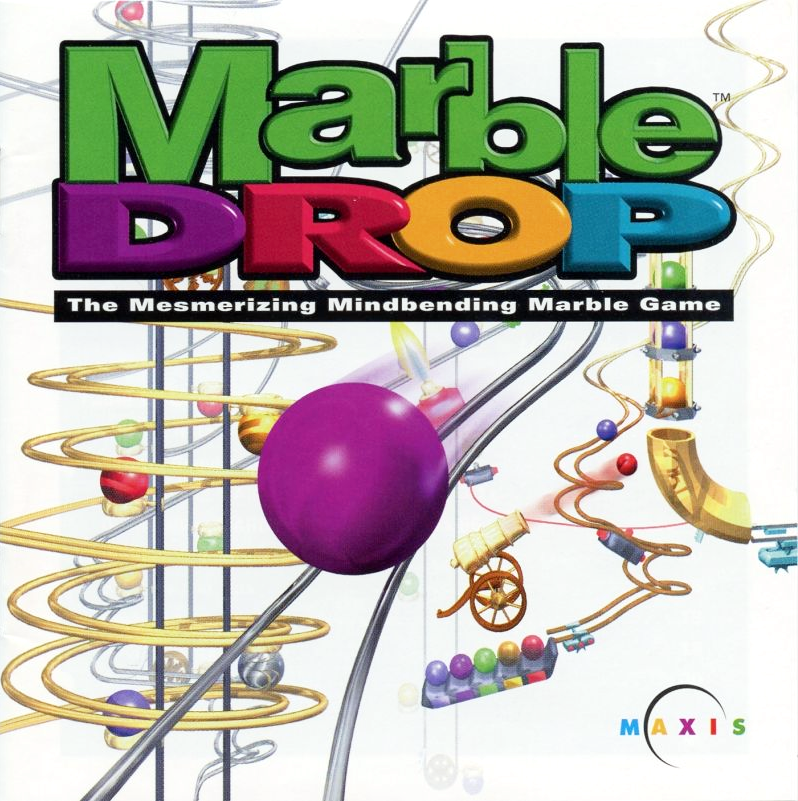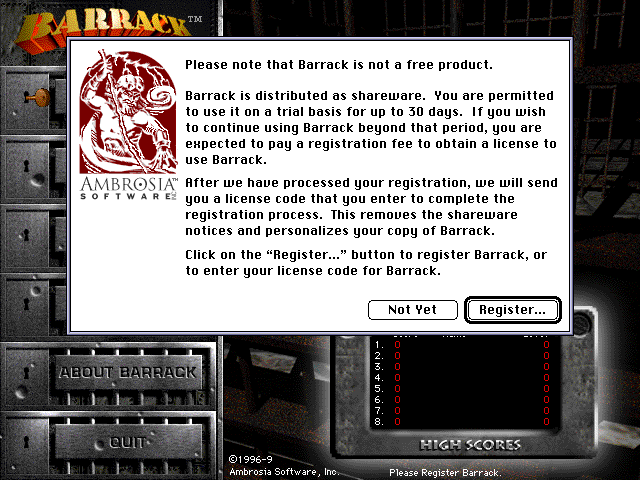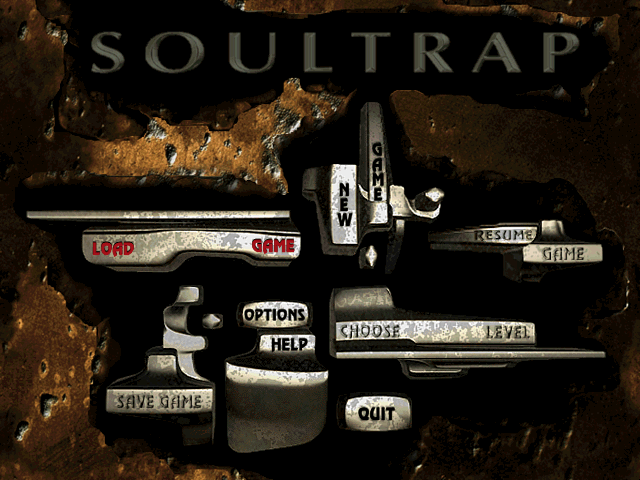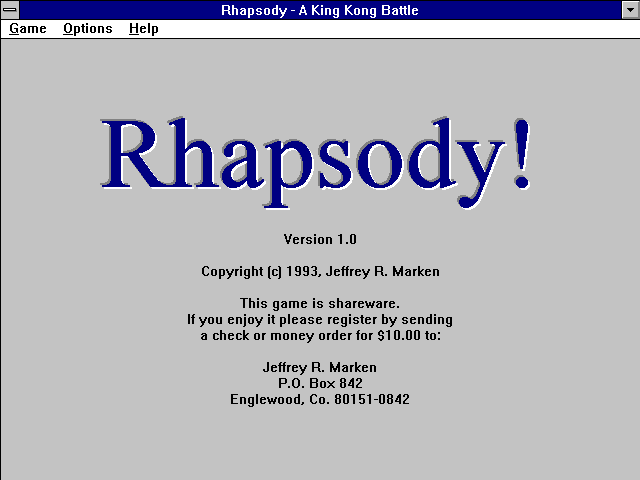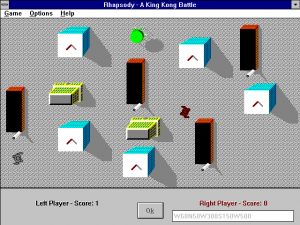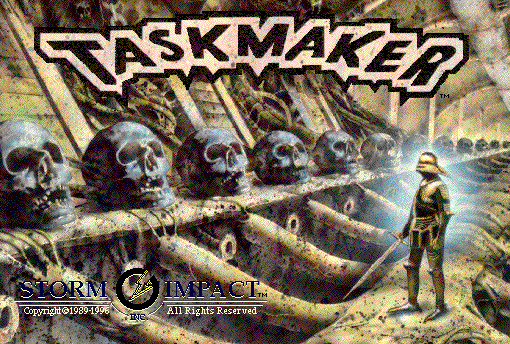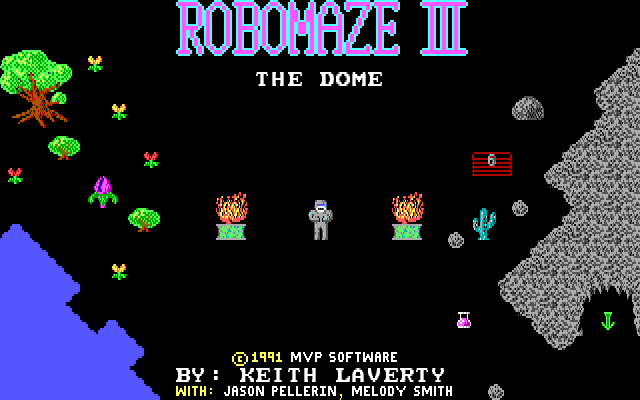Join The Obscuritory Charity Tea Party Marathon 2019 for Trans Lifeline! 


Tea icons by Pixture
It’s happening again!
On November 9, I’m hosting The Obscuritory Charity Tea Party Marathon 2019, an all-day stream to raise money for Trans Lifeline.
Trans Lifeline is a non-profit organization that provides microgrants for trans people to cover the costs of name changes and updating IDs to affirm their gender, as well as running a support hotline by and for trans people. It’s a great cause, and it will be great to stream for y’all to raise money for them!
The last time I did a charity stream, I said I’d go for 24 hours, and I did not make it. So I’ll just say that I’m starting on November 9 at 10am EST, and we’ll go from there.
In keeping with the mission of The Obscuritory, I’ll be streaming weird old games and software. But this time, I’m going to try to play a few games at length. I haven’t settled on what we’ll be playing, but it will include a full playthrough of Wrath of the Gods, an extra-cheesy educational live-action adventure game that I want to share with as many people as possible. There will probably be some bonuses too, to be determined.
As the name of the stream promises, I’ll be drinking lots of tea over the course of the day. Bring your own tea too, and we can talk about how great tea is! It’ll be a relaxing, silly, and hopefully thoughtful time.
See you on twitch.tv/obscuritory on November 9! Sign up here for a reminder on Twitch.
UPDATE (11/8): Here’s a rough schedule for what I’ll be playing all day:
| 10:00am | Alien Logic, a surreal RPG set on an alien world. Alien Logic was based on a tabletop ruleset from 1984 called SkyRealms of Jorune, where humans and aliens co-exist on a distant planet thousands years after the collapse of human colonies. I haven’t played Alien Logic apart from testing it for the stream, so this will be a fun one to explore together! |
| 1:00pm | Treasure Quest, a puzzle-adventure game starring Terry Farrell (Jadzia Dax on Deep Space Nine) that came with a grand prize of $1 million. Treasure Quest is a methodical puzzle game that can take months to work through, which makes it a bad choice for a streaming marathon, but I want to play it for a little bit because I want to share the unusual story behind this game. |
| 1:30pm | Enigma, a marble game with over 2000 dense, challenging levels. It’s a doozy, and fitting the chill stream, we’ll play some of the slow-paced Meditation levels, which are more about patience than puzzles. |
| 2:30pm | Ballistics, the fastest racing game ever made. Ballistics is faster than you can possibly believe, and I’m gonna try to play it without getting sick. |
| 4:00pm | Wrath of the Gods, an FMV adventure through Greek mythology. This is the main event of the day. We’re gonna play through the entire game! Wrath of the Gods is so corny and earnest, and I want to share this goofy thing with as many people as possible. |
| 9:00pm | Roly-Polys Nanakorobi Yaoki! By request, I’ll be playing a bit of this recently unearthed game by Osamu Sato, creator of Eastern Mind and LSD: Dream Emulator. I know there’s some Sato fans on here, so I’ve been waiting to play this one for the first time for the stream. |
| 10:00pm | The Journeyman Project, a utopian time travel adventure. If you haven’t seen this one, you’re in for a treat. The Journeyman Project is a stone cold classic and one of my favorite games, and it seems like a great, upbeat way to end the day. |
| ??? | …and a mystery game! If we raise our goal of $400 for the stream, I’ll play a mystery educational game that, to my knowledge, hasn’t been made available online yet. What could it be? Don’t you want to donate to help trans lives to find out?! |
I might mix in a few more games for variety’s sake, but this is the general schedule. See you there!

